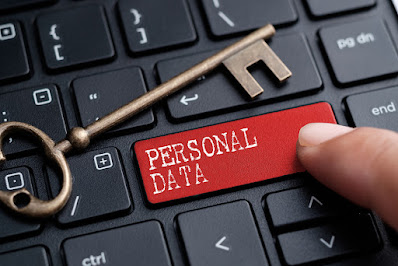The 7 Layers of Cyber Security : Attacks on OSI model

Source : wallarm The OSI network communications model is made of 7 layers. Each layer handles a specific process to enable reliable communication between two or more devices. When the Internet was designed, its focus was on ensuring of reliable communications. The challenges of communication security emerged later. These 7 layers act like a chain of links. If one lnk breaks, the whole chain of communication breaks. Hence security threat can happen at any of the 7 layers. These layers are named as Application, Presentation, Session, Transport, Network, Data link and Physical layer. The application layer is your email application, physical layer is your communication cable, and everything else is in between help you communicate. In abstract the application layer provides user interface, while presentation layer handle formating, encoding and encryption. The session layer manages connections. The transport layer handles segmentation, sequencing, and establishing virtual circuits. The





